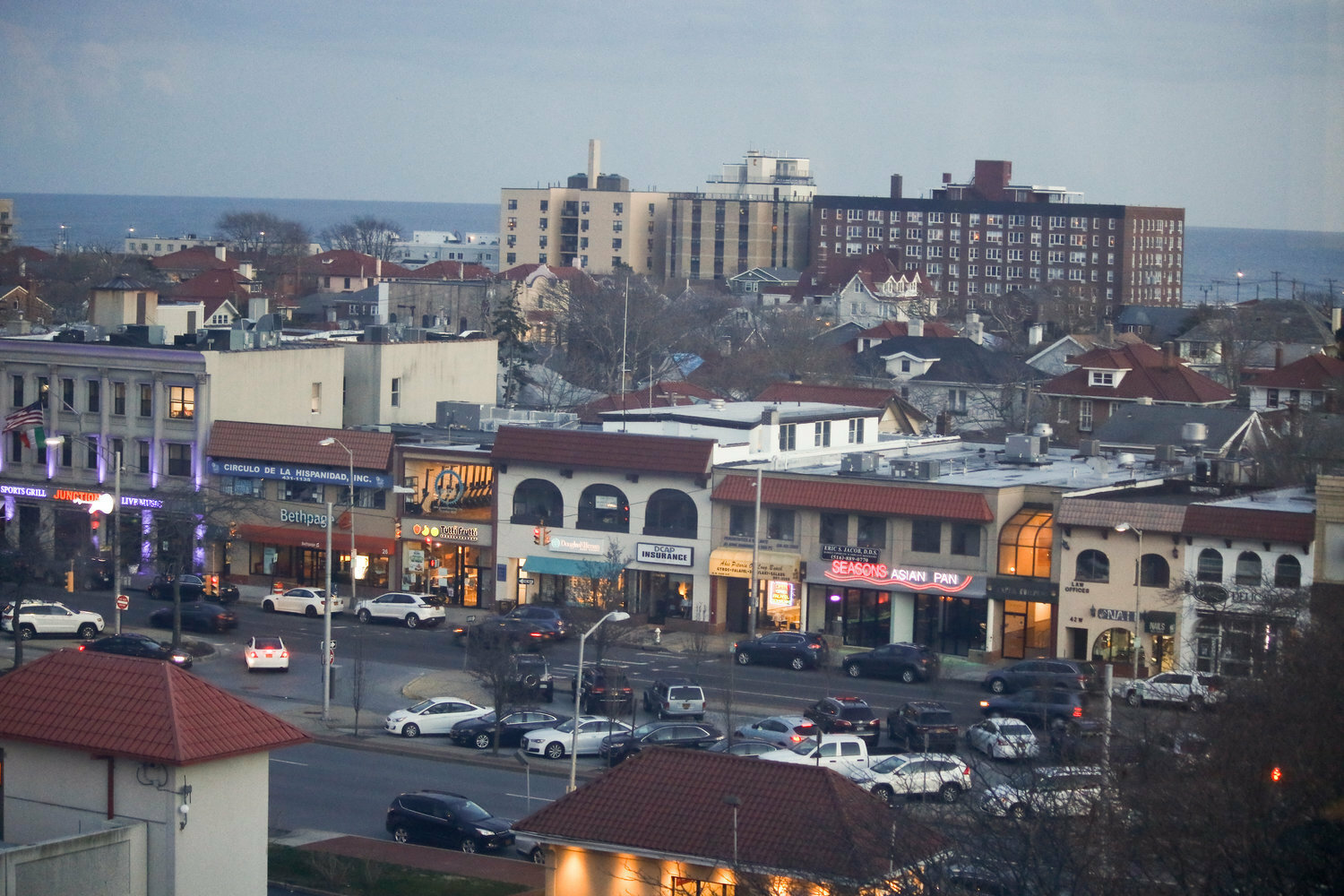Long Beach unveils plan for the future
Document to be focus of open houses in June
After several years of work and study, Long Beach this week released a 300-plus-page plan for what the city should look like in decades to come, complete with recommendations for updating the 40-year-old zoning codes, supporting senior housing, introducing a “streetscape” plan, developing more affordable housing and making better use of parks, recreational and cultural facilities.
The so-called Comprehensive Plan, now on the city’s website, will be presented live to the public for comment in early June, city spokesman John McNally said. A hearing will also be held at a later date, and the City Council will ultimately vote on the plan.
At Wednesday night’s council meeting, Acting City Manager Ron Walsh called the document a “draft plan” that will be given further study by the city and commentary by the public.
“It’s an aspirational plan,” Walsh said. “It is designed to give an overall vision as to what the city should be.”
The document is the most far-reaching plan to emerge from the city government in years. The process began in April 2022, when city officials and consultants shared their views virtually with residents. The officials said the plan “should be an expressions of goals for the city’s future evolution and a series of actions to achieve those goals.”
Long Beach officials and consultant felt that the 100-year-old city, established by land speculator and State Sen. William Reynolds, was badly in need of a fresh look. Its zoning codes, for example, have not changed since the late 1980s. The city has undertaken development plans in the past, including a Comprehensive Plan in 2007. That plan included the redesign and revitalization of the Stop & Shop plaza and the city’s downtown and commercial centers.
But the new Comprehensive Plan calls for a thorough review of Long Beach’s aging zoning.
“The city’s zoning code and zoning map have not kept pace with on-the-ground development patterns and new priorities,” the plan states. One of its focuses is the catastrophic damage caused by Hurricane Sandy in 2012. It says that after Sandy, “the zoning district requirements established to control measures like building size, location of a structure on a lot and other dimensional regulations need to be re-examined in the context of 40 years of development.”
Most notably, the new plan notes that the city’s Zoning Board of Appeals “has assumed the roles and responsibilities for reviewing site/land development applications in addition to their responsibilities for area and use variance reviews.”
Instead, the plan says, “Land development applications, including site plan, subdivision and special use permits, may be better accommodated by a Planning Commission/Board used in many municipalities.”
For years, people in Long Beach have called for more affordable housing. The Comprehensive Plan suggests the preparation of a citywide housing plan “that examines the housing needs of Long Beach residents, including seniors, young families, those that live/work in the city and long-term residents wishing to downsize and stay in Long Beach.
“The housing plan would focus on long-term housing affordability in the city and developing incentives for providing affordable housing,” the plan continues.
Like many other municipalities on Long Island, Long Beach is considering making better use of its downtown transportation facilities. The plan calls for a “Transit Oriented Development District that would allow mixed-use development at/near/adjacent to the Long Island Rail Road station.”
The city’s parks and recreational facilities would also benefit under the plan, which calls for “private sector development of family-friendly entertainment activities” and establishing alliances with cultural and art organizations to enhance local amenities and provide destinations for residents and visitors alike.
The plan also touches on the largely Black North Park section of the city, whose residents have said repeatedly that their neighborhoods do not receive the attention that is devoted to other parts of the city.
The plan suggests “incentivizing mixed-use and mixed-income development, resiliency measures and providing access” from North Park to the Bayfront, though it does not provide details.
The document also takes up the always troublesome issue of parking in Long Beach. It recommends reconfiguring parking on wide streets south of West Park Avenue as well as those north of West Park.
The plan also warns of the dangers to the city of climate change. Temperatures and sea levels are rising, it notes. “The beach communities and the communities adjacent to Reynolds Channel experience the greatest risk for flooding,” the plan concludes.

 44.0°,
Mostly Cloudy
44.0°,
Mostly Cloudy 




